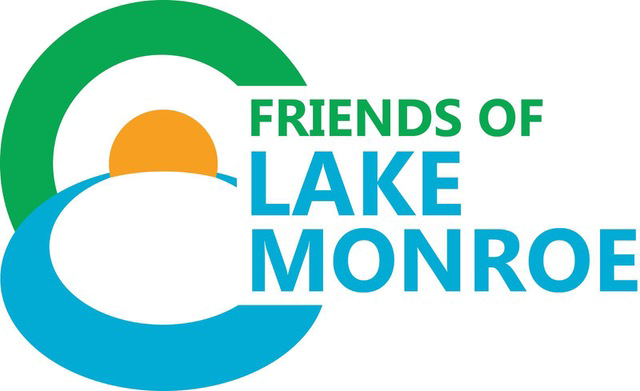Lake Monroe Watershed Tour Highlights
Thank you to everyone who participated in our Lake Monroe Watershed Tour on Saturday, October 2! We had a great time despite a little bit of rain. Because the watershed is so large (440 square miles), we focused primarily on North Fork Salt Creek, which drains approximately 40% of the watershed. Our route followed the North Fork closely, crossing the creek eight times before we turned south at Gnaw Bone. Here are some highlights:
Stillwater Marsh – we encountered volunteers busily at work preparing the duck blinds before the wetland is flooded for the winter later this month. The Stillwater-North Fork Waterfowl Resting Area is closed to the public for the winter (with the exception of limited hunting access) but the observation platform on McGowan Road is open year-round and is a great place to observe ducks, herons, cranes, bald eagles, woodpeckers, and a wide variety of songbirds, especially in the fall and spring.
Yellowwood Lake – Yellowwood Lake is the third largest of over 2,000 ponds and lakes in the Lake Monroe watershed. None of them were naturally formed; they were all constructed by building a dam across a stream. We discussed how their 2006 watershed management plan directly led to the dredging of 5.8 million cubic feet of sediment from the lake. This sediment now forms a hill adjacent to the youth camping area.
Nashville Sewage Treatment Plant – It was amazing to see wastewater treatment in action and learn what happens with the water that we flush down our toilets and drains every day. Our guide gave a short list of the memorable items encountered at the plant including baby toys, cell phones, and a gold tooth. While the treatment plant is not generally open to the public, visitors are always welcome at the nearby (upstream) Salt Creek Trail which has one trailhead near the CVS at the south end of Nashville and another at the Brown County YMCA.
Brown County Fairgrounds – During lunch we learned that the majority of homes in the Lake Monroe watershed are not connected to a sewer system and instead rely on septic systems to treat their wastewater on-site. When septic systems fail, they release nutrients and bacteria into nearby streams, which ultimately impacts water quality in Lake Monroe. The Brown County Regional Sewer District is working to explore options for ensuring that septic systems are functioning properly or to provide alternative options.
Stone Head Nature Preserve – To get to our last stop, we turned south in Gnaw Bone and went up over a ridge into the Middle Fork Salt Creek sub-watershed. This is the fork of Salt Creek that flows through Story and Elkinsville and the southern part of Brown County State Park. The frogs were singing merrily as we learned about the Stone Head Conservancy’s efforts to establish and maintain multiple habitat types (open wetlands, meadows, forests, stream corridors) to maximize the diversity of wildlife. It is a great place to see birds, butterflies, and frogs, as well as a variety of sculptures installed around the property.
Ready to take your own tour? We have identified 13 sites in the watershed where you can learn more about Lake Monroe and its tributaries. Many thanks to Amanda Duba for creating an illustrated watershed map and brochure, which you can find here:Lake Monroe Watershed Tour Illustrated Map - PDF


